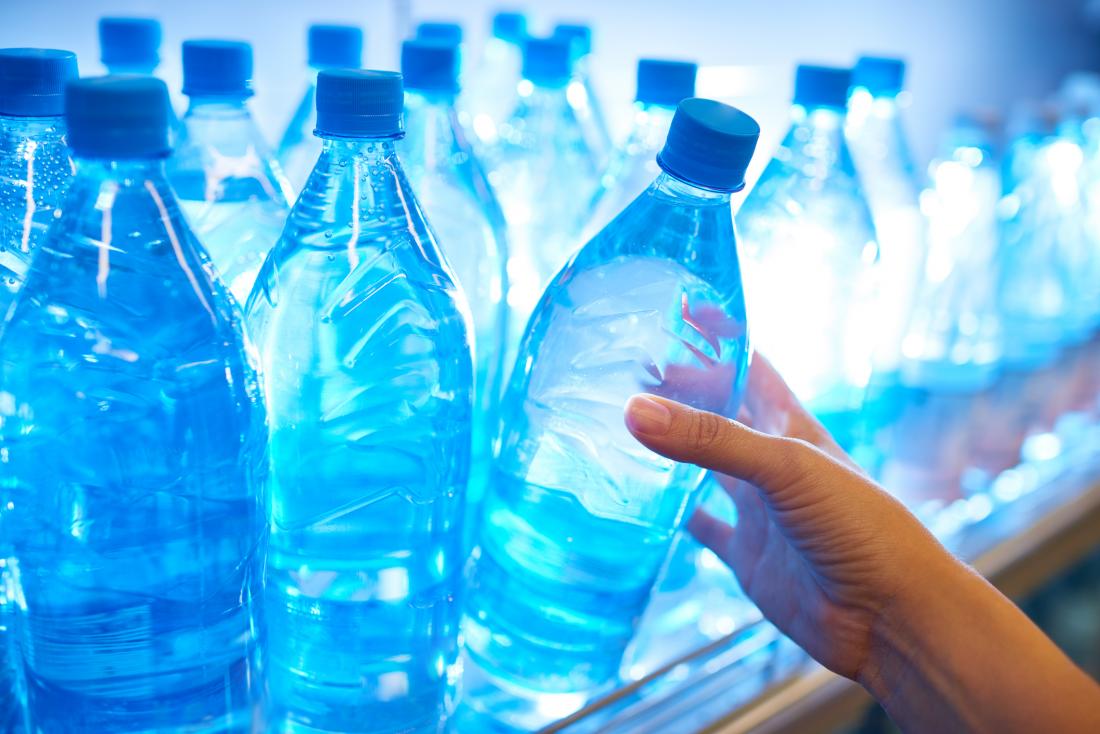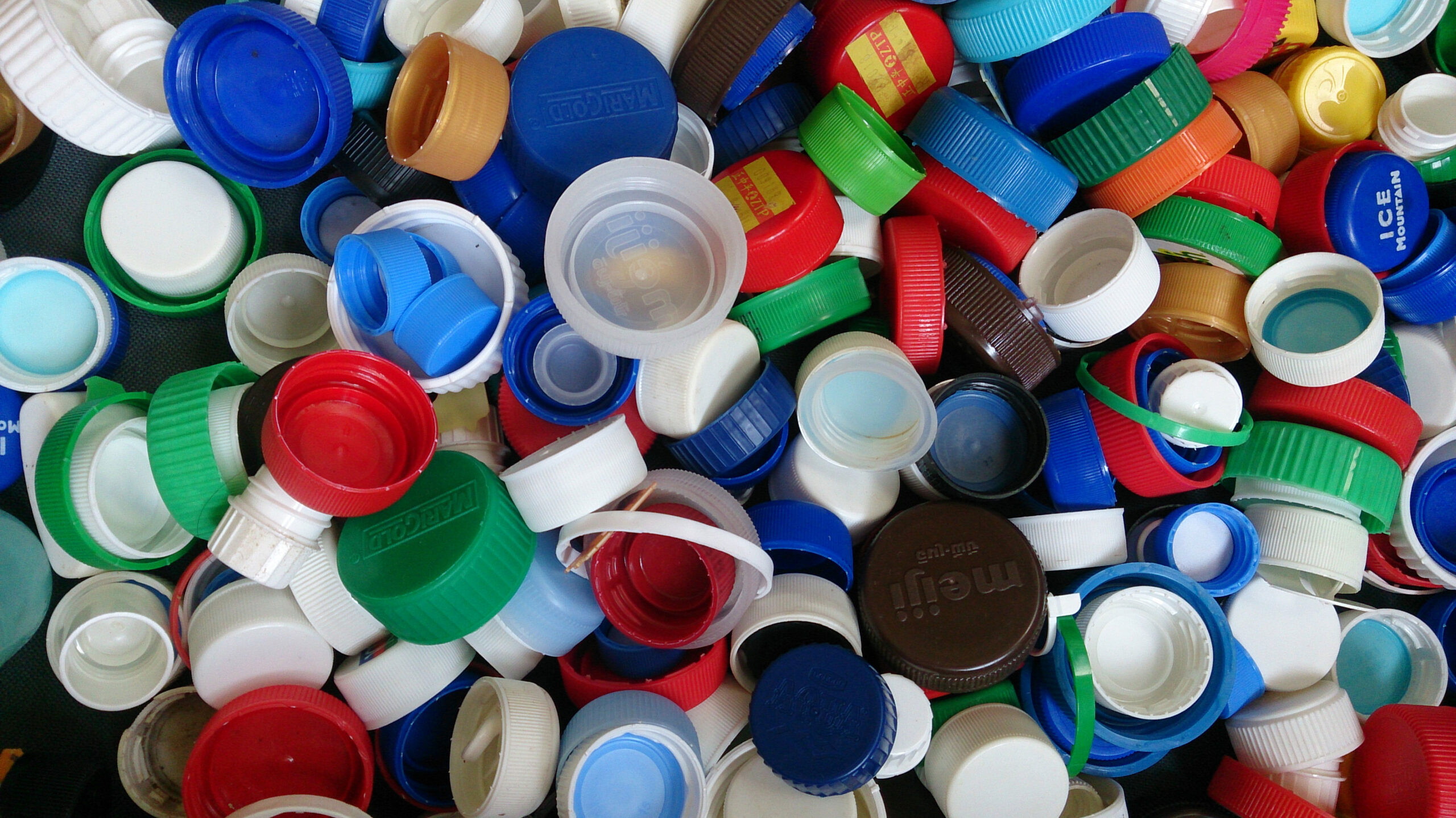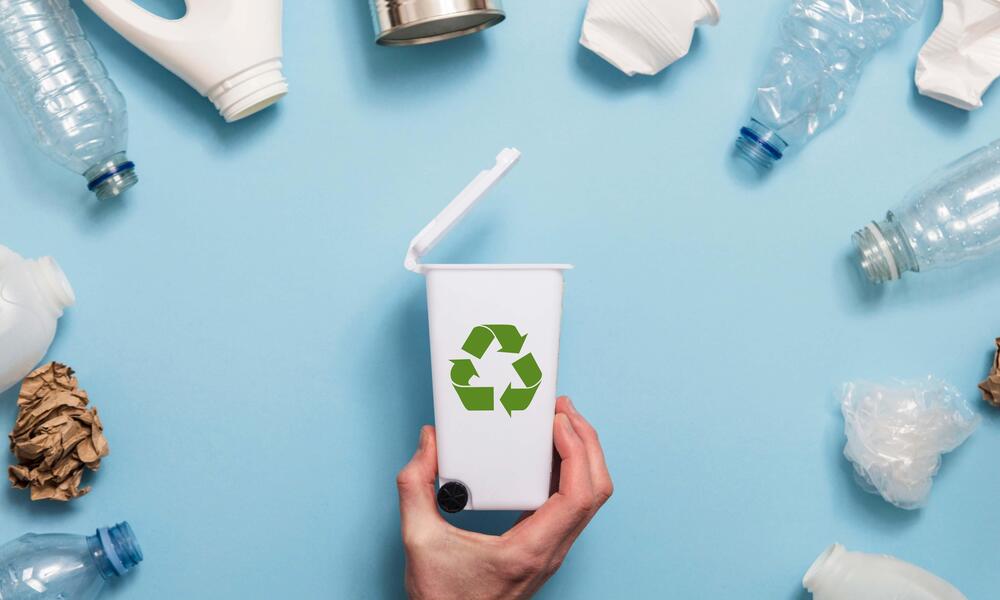Currently Empty: ₹0.00
BPA and its Implications
What is BPA and where is it used?
Bisphenol A (2,2-bis (4-hydroxyphenyl) propane, CAS Number 80-05-7), more commonly known as BPA, is a synthetic chemical that is primarily used as a monomer in the manufacture of polycarbonate plastics and as a plasticizer in the production of epoxy resins. It is also used as an additive in the production of PVC. Polycarbonate plastics are clear, lightweight, heat resistant, shatter-resistant, hard plastic materials that are used mainly as food and beverage storage containers (Kitchen and tableware, storage containers, water bottles, baby bottles, and sippy cups).
What are its effects on human health?
There has been a growing concern about the migration or leaching of BPA from food contact materials into food and drinks, which adversely affects the health of humans.
According to certain studies, the BPA is metabolized in the liver to form bisphenol A glucuronide and is excreted with urine. Due to its phenolic structure, BPA has been shown to interact with estrogen receptors. It acts as an endocrine disruptor causing several endocrine disorders including male and female infertility, precocious puberty, cancer, metabolic disorders like Polycystic ovary syndrome. Many studies have been conducted to evaluate the health risk of BPA that establishes the association between BPA exposure and adverse perinatal, childhood, and adult health outcomes, including reproductive and developmental effects, metabolic disease (Type 2 diabetes, Obesity), and other health risks. The effects of BPA on human health are assessed through biomonitoring studies, where overall exposure to BPA is assessed by urinary concentrations of BPA.
BPA is also known to be present in drinking water sources and has become a major concern among society, due to its adverse effects on health. The water must be subjected to a large-scale membrane treatment process to remove the BPA.
What are the permissible limits?
The risk assessment authorities carefully evaluate the exposure routes and determine Tolerable Daily Intake (TDI) and corresponding safe migration levels for food contact materials. Tolerable Daily Intake or TDI is the maximum amount of a substance to which any individual can be exposed every day of his/her life, through all possible sources, without any risk to his/her health. The Specific Migration Limit or “SML” is the maximum permitted amount of a substance migrating from the packaging into food. This limit ensures that the food contact material does not pose a risk to human health. It is derived from the TDI and is calculated in micrograms of BPA per kilogram of food. The current permissible limit of BPA as per EFSA, is a TDI of 4 μg/kg bw/day, though a draft has been published recently proposing lowering of this TDI to 0.04 ng/kg/bw/day.
What are the global regulations available?
India
In 2018, FSSAI published the ‘Food Safety and Standards (Packaging) Regulations, 2018, to regulate food contact materials and articles. The regulations specify a list of packaging material for certain categories of food and migration limits of heavy metals. To date, there is no regulation for the use of Bisphenol A in food contact packaging material. An article was published on 18 November 2020, regarding the plan of the Indian Ministry of Health and Family Welfare, to survey food contact materials (FCMs) to assess the level of bisphenol A (BPA) present and modify the regulatory framework.
USA (US FDA)
In 2008, FDA released a draft on the Assessment of Bisphenol A for use in food contact applications and it was reviewed by the FDA’s science board. The CLARITY-BPA, academic studies identified consistent low-dose BPA effects on multiple organ systems. In 2012, FDA amended its Food Additive regulations to no longer provide for the use of BPA- based polycarbonate resins in baby bottles and sippy cups. Again in 2013, the FDA amended its regulations to no longer provide for the use of BPA-based epoxy resins as coatings in packaging and infant formula.
Based on various scientific studies conducted by federal government scientists, the U.S. FDA has declared that BPA is safe at the current levels occurring in foods. This research established that the consumer exposure to BPA was well below the safe limit and after ingestion, the BPA was metabolized in the intestine and liver, into a substance of no known biological activity and eliminated through urine within 24 hours. Also, studies indicated that there were no health effects at doses close to typical consumer exposure levels.
The United States Environmental Protection Agency (EPA) assesses and manages chemicals under the Toxic Substances Control Act of 1976 (TSCA) had issued an action plan on Bisphenol A that addresses the effects of BPA on human health and the environment. It has also issued documents on methods for biomonitoring and testing guidelines for BPA.
Canada (Health Canada)
BPA was identified as toxic under the Canadian Environmental Protection Act, 1999. The regulations under the Canada Consumer Product Safety Act prohibit the manufacture, advertisement, sale, or import of baby bottles containing BPA.
Health Canada’s Food Directorate concluded that the current dietary exposure to BPA through food packaging uses is not expected to pose a health risk to the general population, including newborns and infants. The government of Canada recommends a principle of ALARA (as low as reasonably achievable) to limit BPA exposure from packaging to infants and newborns, specifically from pre-packed infant formula products. The Bureau of Chemical Safety supports industries to develop a “Code of Practice’ to reduce BPA levels in Infant formula can linings, assess BPA alternatives, and set migration targets for canned foods. Following the regulatory actions on BPA, there was a shift towards BPA-free products. BPA alternatives like Bisphenol S were used. However, BPS is also associated with various structural and environmental impacts.
Europe (European Food Safety Authority)
EFSA had done its first full risk assessment on consumer safety of BPA in 2006. Based on the assessment, it had set a TDI of 50 μg/kg bw/day. In 2015, EFSA published a comprehensive re-evaluation of BPA exposure and toxicity and reduced the Tolerable Daily Intake (TDI) from 50 to 4 μg/kg bw/day The highest estimates for dietary exposure and for exposure from a combination of sources are three to five times lower than the t-TDI of 4 µg/kg of bw/day. The European Parliamentary Research Service (EPRS) published Food Contact Materials – Regulation (EC) 1935/2004, which ensures the safety of Food Contact Materials (plastics (including recycled plastics), ceramics, regenerated cellulose film, and active and intelligent materials)
BPA is permitted for use in food contact materials in the European Union (EU) under Regulation 10/2011/EU, relating to plastic materials and articles intending to come into contact with foodstuffs. In January 2011, the European Commission prohibited the use of BPA in the manufacture of polycarbonate infant feeding bottles. In February 2018, the EU introduced stricter limits on BPA in food contact materials, derived from the temporary tolerable daily intake set by EFSA in 2015.
The European Chemicals Agency (ECHA) is also involved in the evaluation of BPA for purposes of identification, classification, and use under the REACH Regulation. REACH (Registration, Evaluation, Authorization, and Restriction of Chemicals) restricts chemicals and heavy metals in all consumer products sold in the European Union. BPA was identified as a Substance of Very High Concern based on its endocrine-disrupting effects on humans and was placed on the ECHA’s Authorization list. As per REACH restrictions, BPA has been restricted as a substance on its own and in mixtures intended for consumer use in the EU since March 2018. Its use in the thermal paper has been restricted since January 2020. In food contact materials, only a limited amount of BPA (0.05 mg/kg) is allowed to leach from the material into food. France has banned BPA in all food packaging, containers, and utensils. In toys, as per the Toy Safety Directive for infants and children, the migration limit of BPA is 0.04 mg/l of BPA
Based on the results of the re-evaluation of health risks of BPA by the expert Panel on Food Contact Materials, Enzymes and Processing Aids (CEP Panel), EFSA on 5th December 2021, published a draft opinion, proposing lowering of TDI of BPA from 4 µg/kg/bw/day to 0.04 ng/kg/bw/day and plan to finalize the updated assessment by 2022.
Australia/ New Zealand
Due to the rise in public concern regarding BPA safety, the Australian government in 2010 announced a voluntary phase-out of BPA-containing polycarbonate plastic baby bottles. The Food and Grocery Council members of Australia and New Zealand also voluntarily phased out BPA containing polycarbonate plastic baby bottles, in response to consumer preference.
Japan
In Japan, food packaging materials are regulated under the Food Sanitation Act. Various toxicity tests were conducted on animals to study the effects of Bisphenol A and the migration test standard of BPA for Polycarbonate apparatus, containers, and packaging was set as 2.5 mm (5 microgram/ml or 2.5 ppm) or less. Numerous studies were carried out regarding the adverse health effects of BPA, eg. endocrine disruption, female infertility, etc.. Ever since the publication of these studies on the effects of BPA and its levels in canned foods, the domestic industries have taken measures to prevent BPA exposure. Further to this, The Ministry of Health, Labour and Welfare (MHLW) has urged the related industries to reduce BPA exposure and has created a FAQ document that helps the public to gain a deeper understanding of BPA.
WHO (World Health Organization)
In 2010, WHO published a detailed report on Toxicological and Health Aspects of Bisphenol-A. It stated that the evidence found regarding genotoxic, carcinogenic, neurotoxic, neuroendocrine, immunotoxic, cardiovascular, metabolic, reproductive & developmental toxicity effects of BPA were insufficient for establishing the association between the BPA and adverse human health effects.
As per the WHO report, the following are data on BPA concentrations in food that happened due to migration from food contact materials: Canned liquid infant formula – 11 µg/l; Powdered infant formula – 1 µg/l; Toddler food – 1 µg/kg; Breast milk – < 8 µg/l; Solid canned food – 10 to 70 µg/kg; Liquid canned food – 1 to 23 µg/l. The above was estimated from worst-case scenarios for the migration of BPA from polycarbonate and a maximum migration of 15 µg/l was selected for use in the exposure assessment.
The exposure of adults to BPA was <0.01–0.40 µg/kg body weight (bw) per day and for young children and teenagers, the exposure was 0.1–0.5 µg/kg bw per day. The exposures were generally higher for infants fed with liquid formula compared with powdered formula and for infants fed using Polycarbonate compared with non-PC bottles. The highest estimated exposure occurred in infants 0–6 months of age who were fed with liquid formula out of PC bottles: 2.4 µg/kg bw per day.
How to avoid BPA exposure?
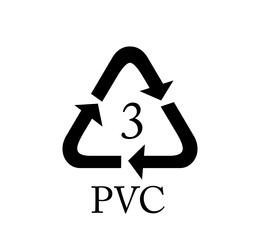
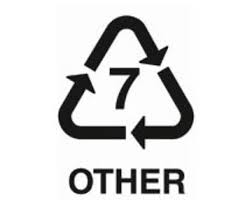
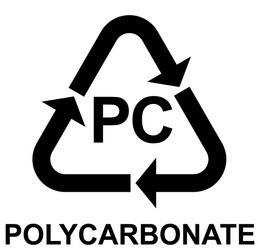
To minimize BPA exposure, it is best to avoid using those storage and packaging materials containing BPA. The plastic containers marked with recycle codes 3 or 7 or PC or polycarbonate marking may be made with BPA. The use of canned foods may be cut down because food cans are usually lined with BPA containing lacquer. Also, the food should be microwaved using only glass or food-grade plastic containers/ plastic wraps that are labeled microwave safe. Microwaving polycarbonate plastics that contain BPA may cause the plastic to break down over time and allow BPA to leach into food. It is recommended to use only stainless steel, glass, ceramic, or food-grade plastic containers for storing food.
What are the safe alternatives?
BPA can be alternated by direct substitution of it by another substance or by use of another plastic material or polymer having similar properties to the starting polymer, or by use of another type of packaging or by use of another process.
In 2013, ANSES conducted a study on the Bisphenol family of compounds and others that may be used as dye alternatives for BPA in thermal paper printing. The chemical alternatives like BPS, BPF, BPAP, 1,2-diphenoxyethane, Pergafast (DP 201), D8, D90, UU, TGSA, etc. were studied for their use and effects on human health. It was found that BPA alternatives were equally toxic in nature with regard to its health effects through thorough study and verification is needed. For each of the identified alternatives – its Physico-chemical properties, its application, advantages, and disadvantages were reviewed and published by ANSES.
In 2020, ECHA conducted studies on Bisphenol S which was considered as an alternative to Bisphenol-A. It was found that the SML for BPS was 0.05 mg/kg of food, and hence its authorization remained unaffected. However, it was proposed to classify BPS as “Reproductive Toxicant Cat. 1B” for its adverse effects on development, sexual function, and fertility.
The alternatives that are currently used and proposed to be used have to be thoroughly assessed for their potential risks to human health. Currently, there are no suitable alternatives that meet both the safety and performance requirement of foods packed in metal containers. It is stated that it could take up to seven years for the introduction of an alternative coating in the marketplace, owing to the thorough evaluation of the alternatives for their performance through the complete shelf life of products, their safety, potential toxicity, modification of production lines, regulatory review prior to introduction in the market.


